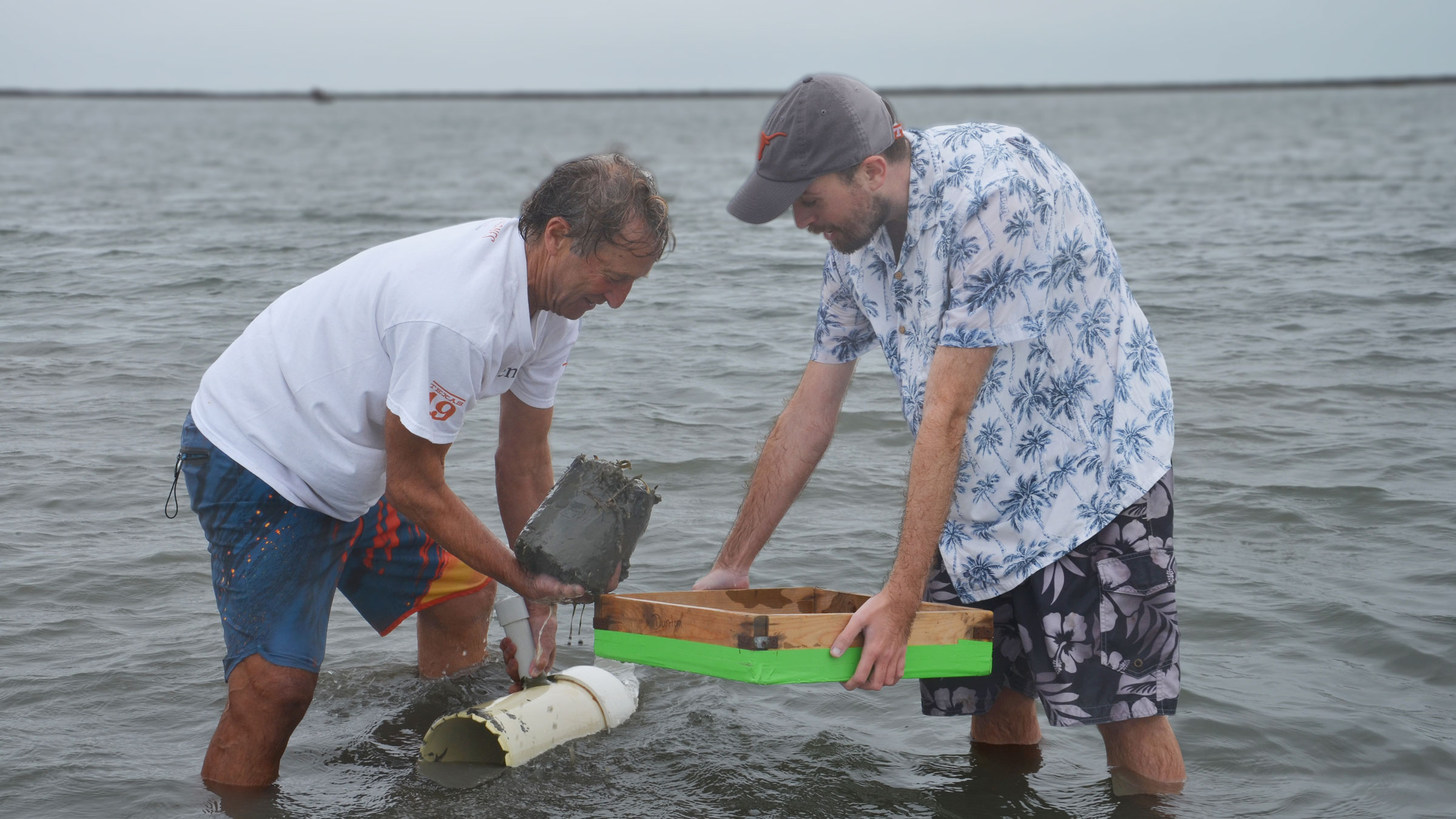Vital Seagrasses in Gulf of Mexico Are Retreating Amid Rapid Sea Level Rise
At the Gulf Coast, rising sea levels are linked to a loss of valuable seagrass habitats in Texas, new research has found.

The Gulf of Mexico is experiencing sea level rise two to three times as fast as the global average due to a combination of warmer waters and wind circulation patterns. Now, a newly released long-term study from marine scientists at The University of Texas at Austin has found rising sea levels can be linked to a loss of valuable seagrass habitats in Texas.
The paper appears in Communications Earth & Environment.
Seagrasses are recognized globally as foundation species that play a key role in supporting fisheries and mitigating climate change, efficiently storing substantial amounts of carbon. Meadows occur in shallow waters, and the species are dependent on light for photosynthesis and growth. The researchers are the first to find that sea level rise is yet another human impact that is responsible for the worldwide decline in seagrasses.
Ken Dunton, a professor in UT’s Marine Science Institute, and Kyle Capistrant-Fossa, a doctoral student, made the discovery while examining a 30-year database of observations that Dunton had collected at his study site in the Laguna Madre next to Padre Island. Capistrant-Fossa found that the slow loss of vegetation at the site during the past decade was also coincident with an unprecedented rise in sea level. They also found that seagrasses were disappearing from their historical deeper water ranges throughout the Upper Laguna Madre. But they noted that these losses could be compensated by plant expansion into areas that were once too shallow.
“We were surprised to see that under all sea level rise scenarios, newly flooded land was greater than lost habitat,” Capistrant-Fossa said. “The study emphasizes the importance of long-term multidecadal studies that capture the often slow and insidious effects of climate change on some of our most valued ecological systems.”
Although areas in the Texas Gulf Coast provide seagrasses space for expansion, the authors noted that globally, seagrass expansion into shallow waters is probably more limited because of artificial hardening of shorelines. Ensuring suitable space for seagrass colonization in coastal areas, by limiting construction, for example, may prove increasingly important as sea levels rise around the world, the scientists said.
Seagrasses have received attention in recent years as a tool for climate change mitigation because they offer a low-risk, nature-based solution to help offset carbon emissions and reduce the effects of global warming. Dunton and UT professor of mechanical engineering Preston Wilson are currently working to develop a way of tracking marine carbon dioxide removal in seagrass meadows. If effective, their efforts could help countries and regions effectively measure the impact of large-scale seagrass meadow remediation projects on removing carbon dioxide from the atmosphere.
The research was supported by the National Park Service, the Coastal Bend Bays & Estuaries Program and the Texas Coastal Management Program as administered by the
Texas General Land Office under the National Oceanic and Atmospheric Administration.



